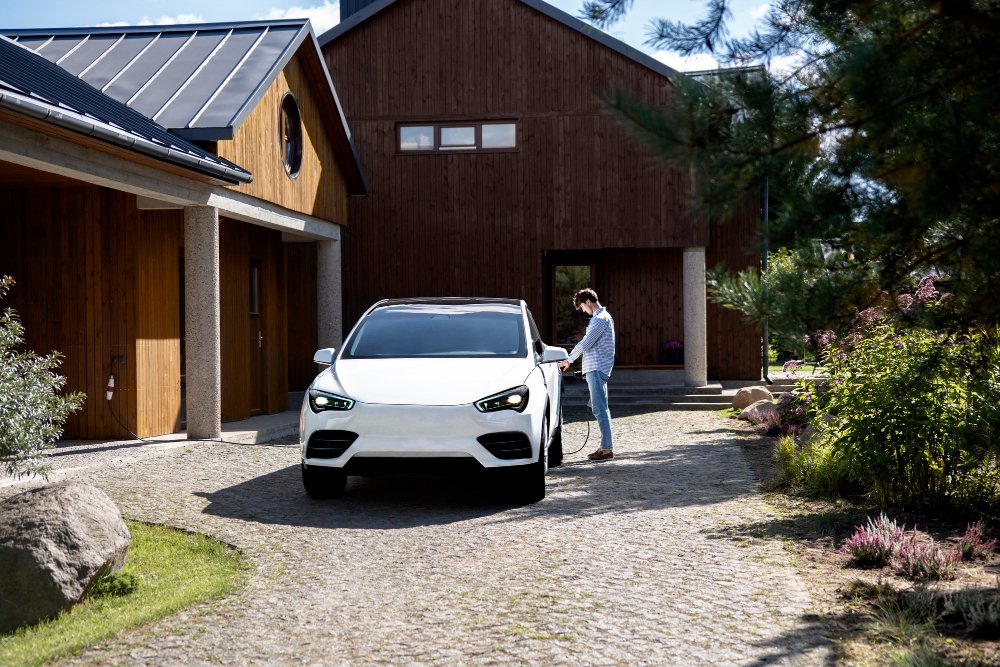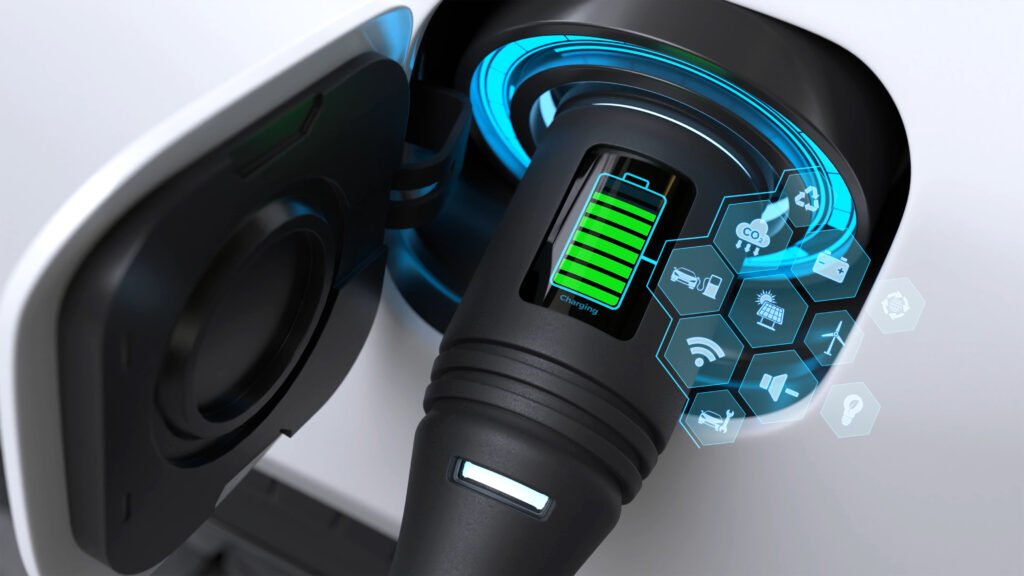In an era of sustainable mobility, innovative electric vehicles are transforming how we navigate cities. One standout example is the ElectraMeccanica Solo – Canada’s Sleek, All-Electric Single-Seater Revolution. Designed as a compact, efficient, and futuristic urban commuter, the Solo challenges traditional car concepts while offering an eco-friendly alternative for individuals seeking independence, efficiency, and style.

This article explores the unique features, benefits, and challenges of the ElectraMeccanica Solo, alongside real-world examples and future predictions for single-seater electric vehicles.
What Is the ElectraMeccanica Solo?
The ElectraMeccanica Solo is a three-wheeled, single-passenger electric vehicle manufactured by Canadian startup ElectraMeccanica Vehicles Corporation. Launched in 2019, the Solo was conceived to serve urban commuters who desire a compact, low-emission alternative to conventional cars.
Unlike standard EVs, the Solo is a single-seater, allowing it to occupy less road space and improve traffic flow in dense city environments. Its streamlined design enhances aerodynamics, while its fully electric drivetrain ensures zero tailpipe emissions, contributing to a cleaner urban environment.
The Solo runs on a 17.1 kWh lithium-ion battery, offering an estimated range of up to 100 miles per charge, making it ideal for daily commuting and short urban trips.
Key Benefits of the ElectraMeccanica Solo
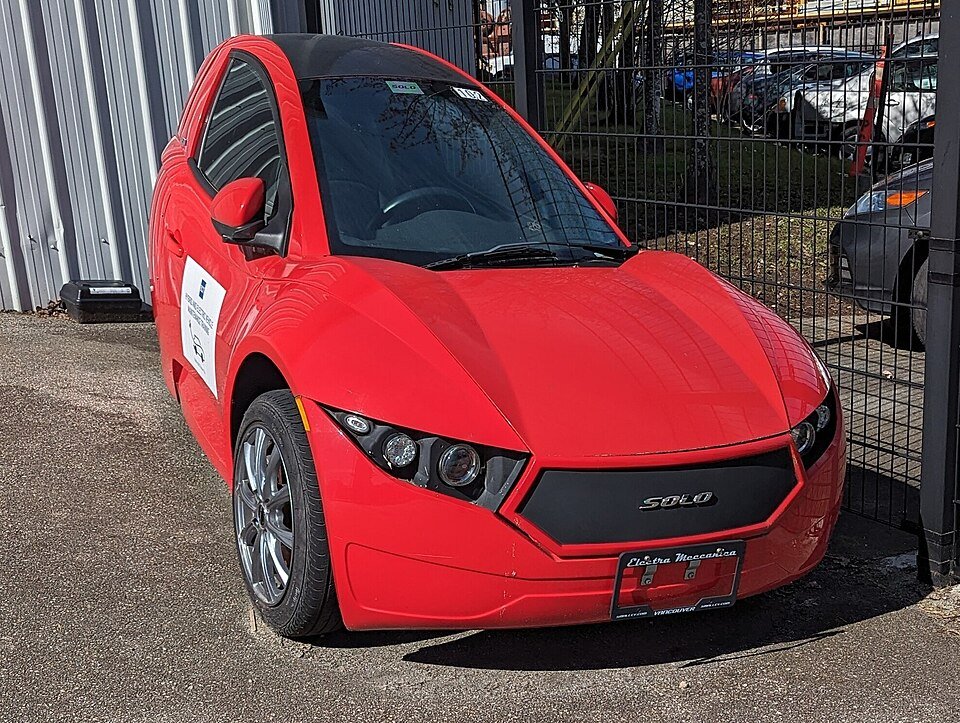
1. Compact and Agile
The Solo’s small size makes it easy to maneuver and park in crowded cities, addressing one of the biggest urban commuting challenges. Its three-wheeled design provides stability while maintaining a low footprint on the road.
2. Eco-Friendly Performance
With zero tailpipe emissions, the Solo contributes to reducing air pollution and carbon footprints. This makes it a sustainable alternative for environmentally conscious drivers looking to minimize their impact.
3. Cost-Effective Urban Mobility
Lower energy consumption and minimal maintenance costs make the Solo an economical choice. Its electric powertrain requires less upkeep than traditional internal combustion engines, and electricity costs are significantly lower than gasoline.
4. Unique and Futuristic Design
The Solo’s single-seater design sets it apart from other vehicles on the market. Its aerodynamic shape, digital interface, and minimalist interior appeal to tech-savvy and forward-thinking drivers.
5. Enhanced Safety Features
Despite its compact size, the Solo includes standard safety features such as airbags, reinforced frames, and stability control systems, ensuring a secure ride in city traffic.
Challenges and Limitations
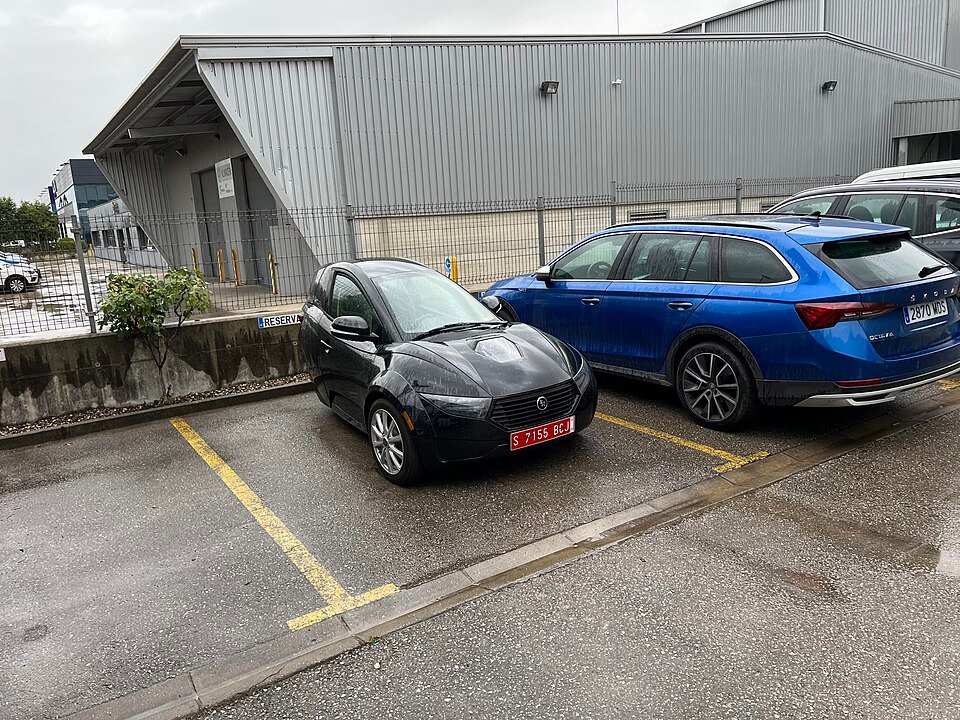
1. Limited Passenger Capacity
The Solo is designed for one passenger, which limits its practicality for families or ride-sharing purposes. It’s best suited for individual commuters rather than multi-passenger transport.
2. Range Restrictions
With a maximum range of around 100 miles, the Solo is ideal for short trips but not suitable for long-distance travel. This limits its versatility compared to full-size electric vehicles.
3. Market Availability
As a niche vehicle, the Solo is not widely available worldwide. Prospective buyers may face challenges in accessing dealerships or support services, depending on their location.
4. Public Perception
Single-seater vehicles are unconventional, and some drivers may hesitate to adopt a vehicle that differs from traditional cars in appearance and design.
Real-World Examples and Case Studies
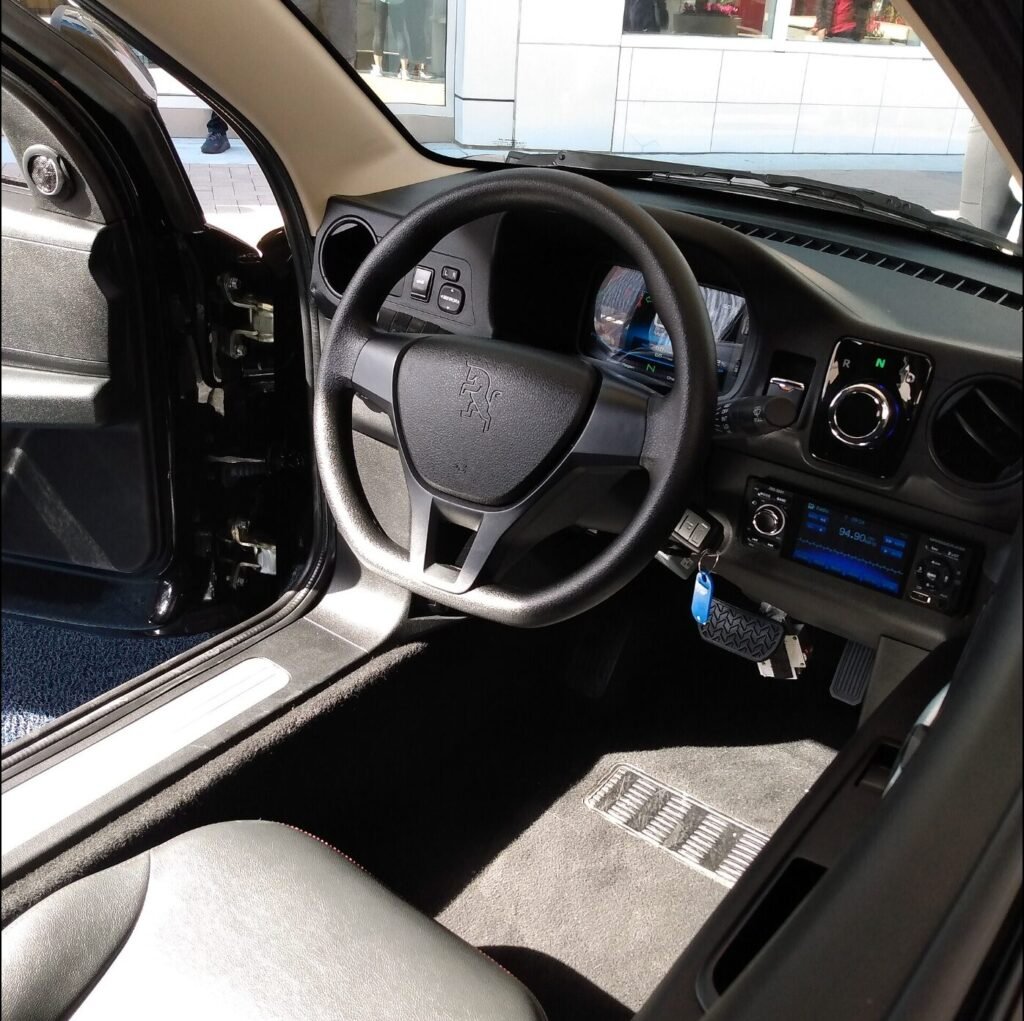
Urban Commuting
Many urban drivers in Canadian cities have embraced the Solo for daily commuting. Its compact design allows drivers to navigate congested streets, reduce parking difficulties, and enjoy a quiet, emissions-free ride.
Corporate Fleets
Some companies have adopted the Solo for short-distance deliveries and employee commuting, highlighting its efficiency, low operating costs, and sustainability advantages.
Public Awareness and Test Drives
ElectraMeccanica has organized test drives and promotional events to introduce the Solo to potential customers, demonstrating how a single-seater EV can integrate seamlessly into daily urban life.
Future Trends and Predictions
The ElectraMeccanica Solo – Canada’s Sleek, All-Electric Single-Seater Revolution is part of a broader trend toward micro-mobility and compact EVs. As urban populations grow, cities are increasingly exploring solutions that reduce congestion and pollution.
Future iterations of the Solo may feature larger battery capacities, enhanced autonomous driving capabilities, and connected vehicle technologies. Additionally, as electric vehicle infrastructure expands, charging convenience will improve, making single-seater EVs more practical and appealing.
Experts predict that niche vehicles like the Solo could inspire a new segment of personal urban mobility solutions, bridging the gap between motorcycles and full-sized cars while providing a greener alternative for short-distance travel.
Frequently Asked Questions (FAQ)
How far can the ElectraMeccanica Solo travel on a single charge?
The Solo offers an estimated range of up to 100 miles, ideal for short urban commutes.
Is the Solo safe for city driving?
Yes, the Solo includes airbags, reinforced frames, and stability control, ensuring safety despite its compact size.
How many passengers can the Solo carry?
The Solo is a single-seater, designed exclusively for one driver.
Can the Solo be used for long trips?
Its range is best suited for short urban trips rather than long-distance travel.
Where is the ElectraMeccanica Solo available?
Primarily in Canada, with limited availability in select international markets through specific dealerships.
Conclusion
The ElectraMeccanica Solo – Canada’s Sleek, All-Electric Single-Seater Revolution represents an innovative approach to urban commuting. Compact, sustainable, and futuristic, it challenges conventional notions of vehicle design while offering a practical solution for eco-conscious individual commuters.
While its single-seater design and limited range present challenges, the Solo’s efficiency, affordability, and style make it a compelling choice for city dwellers seeking a green alternative. As electric mobility continues to evolve, vehicles like the Solo will play a key role in shaping the future of urban transportation.



